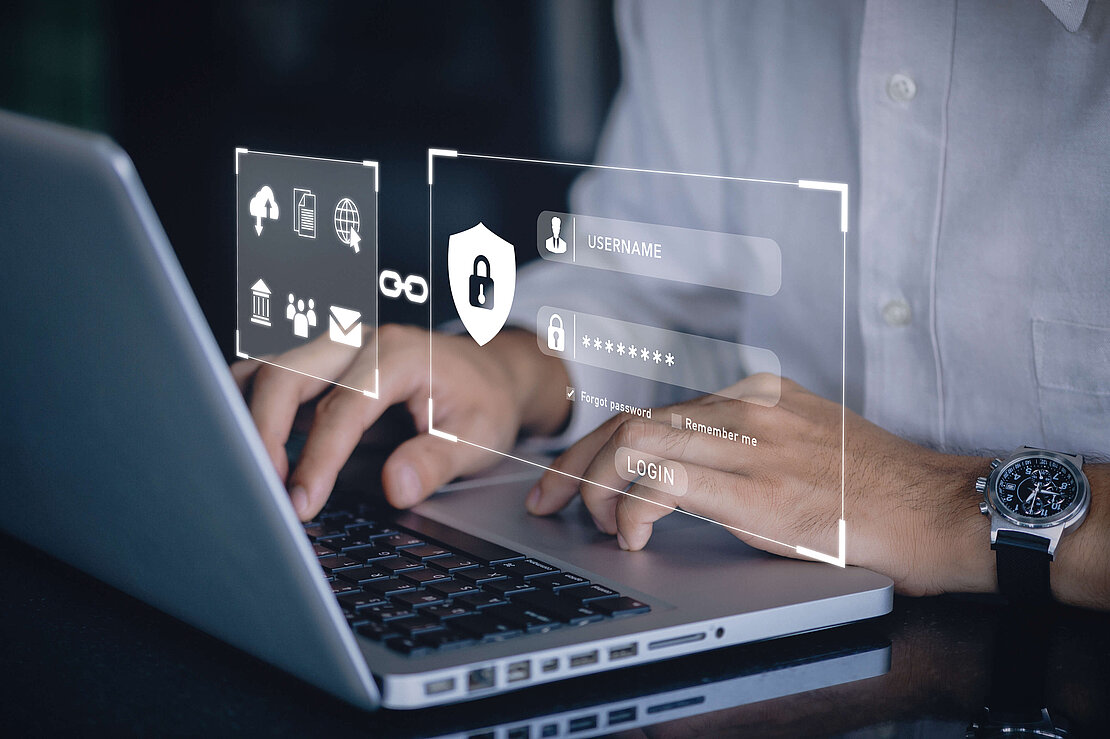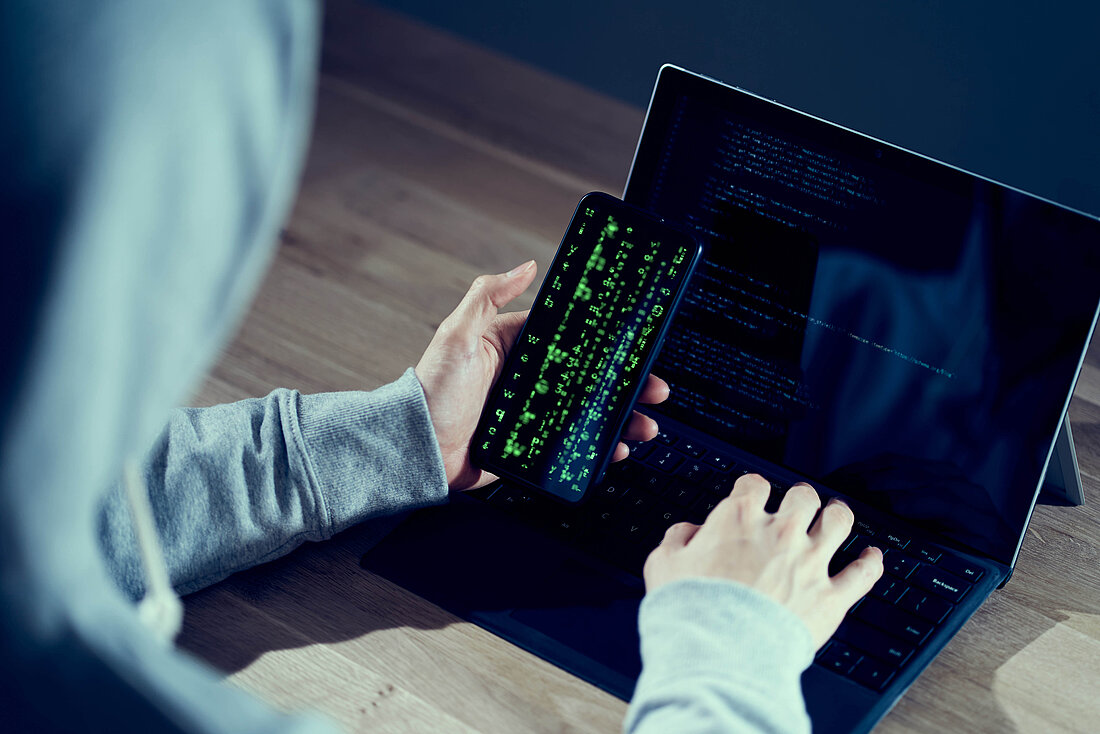Data protection, data security, information security, IT-security – what is what?
To create common bases for the further analyses, let us clarify some definitions first.
Data protection describes the protection against the improper processing of personal data and the protection of the right to informational self-determination.
Data security addresses the protection of data, regardless of whether it is personal or not. It refers to all technical and organizational measures to protect information and systems of all kinds against manipulation, interception, loss and other dangers. Data security is therefore ensured by a variety of measures at different levels, such as procedural instructions for critical processes, firewalls, backups and penetration tests.
Data security is being seen as part of information security. Information security not only protects information in technology, but information in every form. It encompasses technology, organization, and processes. It is based on three protection objectives: Confidentiality, availability and integrity.
This means that sensitive data is protected from unauthorized access by third parties but is always fully and correctly accessible to authorized users.
Another sub-area of information security is the IT-security. This relates to electronically stored information and IT systems. Information that is increasingly stored and transmitted digitally these days is exposed to many possible threats: from unauthorized access to data by third parties, espionage and sabotage to hacker attacks.
Data protection is not possible without data security!
Why does it matter to secure the data?
Quite often you would hear the argument: "Why should anyone be interested in hacking me. I have nothing valuable in my systems."
Well, every organization is in the possession of valuable assets – the data. Data is the new currency. The companies collect sensitive personal data from employees, customers, service providers, and in health care from the patients. In the context of data security, the valuable data concerns also business strategy, customer data, innovation data, financial data, operational data, and so on.
To understand why the companies should take care of their information security, incl data and IT security, let’s have a look what the hackers do with the stolen data and what are the consequences for a company.
Once the data is stolen, what do the hackers do with it?
Attackers can use stolen personal information to steal identities. This can lead to them carrying out fraudulent activities, taking out loans or other illegal activities in the name of the victim. Stolen financial information, such as credit card or bank details, can be used to commit financial fraud. This ranges from online purchases to larger transactions aimed directly at the victims. Attackers could sell stolen data on the black market. This includes information such as credit card numbers, online account credentials, national insurance numbers and other personal data. Attackers could attempt to blackmail companies or individuals by using sensitive information to damage reputations or make financial demands. State-sponsored or criminal groups could use stolen information to conduct industrial espionage. This could include the theft of trade secrets, research data or other sensitive information.
By using the stolen data, the attackers can launch further attacks:
- Stolen information, especially usernames and passwords, can be used for phishing attacks. The attackers attempt to impersonate legitimate users to gain further access to systems or sensitive information.
- Attackers could use stolen email addresses and contacts to distribute spam messages or malware. This can be used to carry out further attacks or spread malicious software.
- Stolen information can be used for social engineering attacks in which the attackers try to gain trust or impersonate trustworthy persons to obtain further information.
- Attackers could use stolen credentials to access other systems, whether in organizations or public institutions. This allows them to cause further damage.

